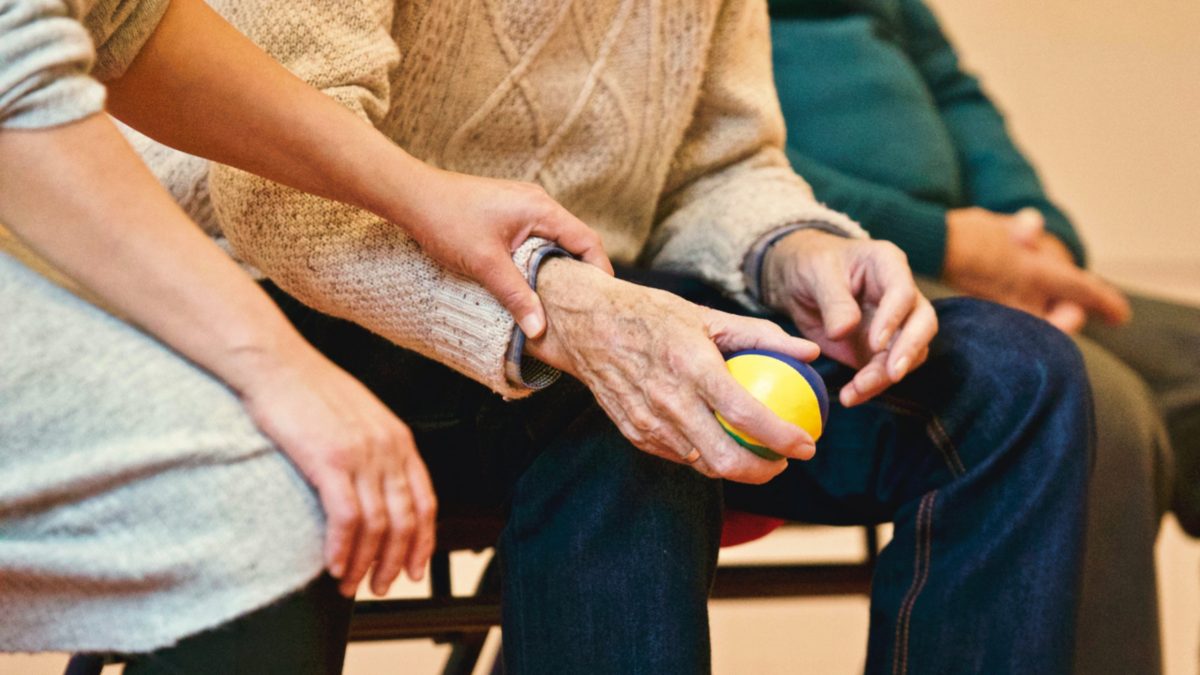
Long-term-care homes were mistreated as Ontario focused on preparing hospitals for a surge in COVID-19 patients, doctors told an independent inquiry recently.
The neglect resulted in a spike of COVID cases at nursing homes, which had no personal protective equipment and an absent all-round masking policy, doctors said at the inquiry.
Doctors from the non-profit Ontario Long-Term Care Clinicians (OLTCC) testified before the Ontario Long-Term-Care Commission on Sept. 30 via Zoom. The inquiry was private but transcripts of the testimony were released to the public days later.
“In the first wave we didn’t understand that the surge was happening in long-term care,” said Dr. Evelyn Williams, a longtime physician and past president of the organization.
“There were empty beds in the hospital, and in the long-term care home, which was full, they couldn’t — they didn’t have PPE. They could not actually look after everyone who was sick well because they didn’t have the staff, and they couldn’t move people around.”
Dr. Rhonda Collins, another board member and a member of the COVID Provincial Action Table, says many homes were directed to keep residents out of hospitals as much as possible in order to free up space in hospitals.
That proved to be a deadly decision after dozens of homes were overwhelmed by the virus, the inquiry heard.
The doctors told the commission that long-term care homes initially followed the World Health Organization’s early guidelines on the novel coronavirus and looked for fever, cough and shortness of breath as symptoms.
“We were unaware at the beginning of this pandemic about asymptomatic spread until after universal masking was recommended in our sector — and it was only recommended after,” said Collins,
“It had already been implemented in the acute care sector. Staff, as well, were only tested if they were symptomatic. Well, many of them were asymptomatic, had not been tested, and were not privy to universal masking strategies.”
Doctors from the OLTCC suggest having more emergency physicians present at nursing homes, as well as having the same access to resources as acute care has. This includes having emergency laboratory testing and results readily available, ultrasounds, and more efficient communication with emergency departments.
“When x-rays or laboratory tests are requested, oftentimes it can take a week, sometimes more, before the test is performed and then a few additional days to get the results,” said OLTCC vice-president Dr. Benoit Robert. “It makes the ability of a situation where somebody’s condition can change very quickly and being able to anticipate — makes it much more difficult to offer the best possible care.”
“Going into the second wave, I hope that long-term care homes are relatively safe places,” said Dr. Fred Mather, the current president of the OLTCC.
As of Tuesday there have been a number of 66 reported long-term care homes with an outbreak in Ontario, with 157 reported active cases of residents who tested positive for COVID, and 210 reported active cases of positive staff.
On Sunday Public Safety Minister Bill Blair tweeted that the federal government approved sending workers from the Canadian Red Cross to seven long-term care homes in Ottawa.
As of Monday Ottawa Public Health reported a total of 14 long-term care facilities with open outbreaks.
